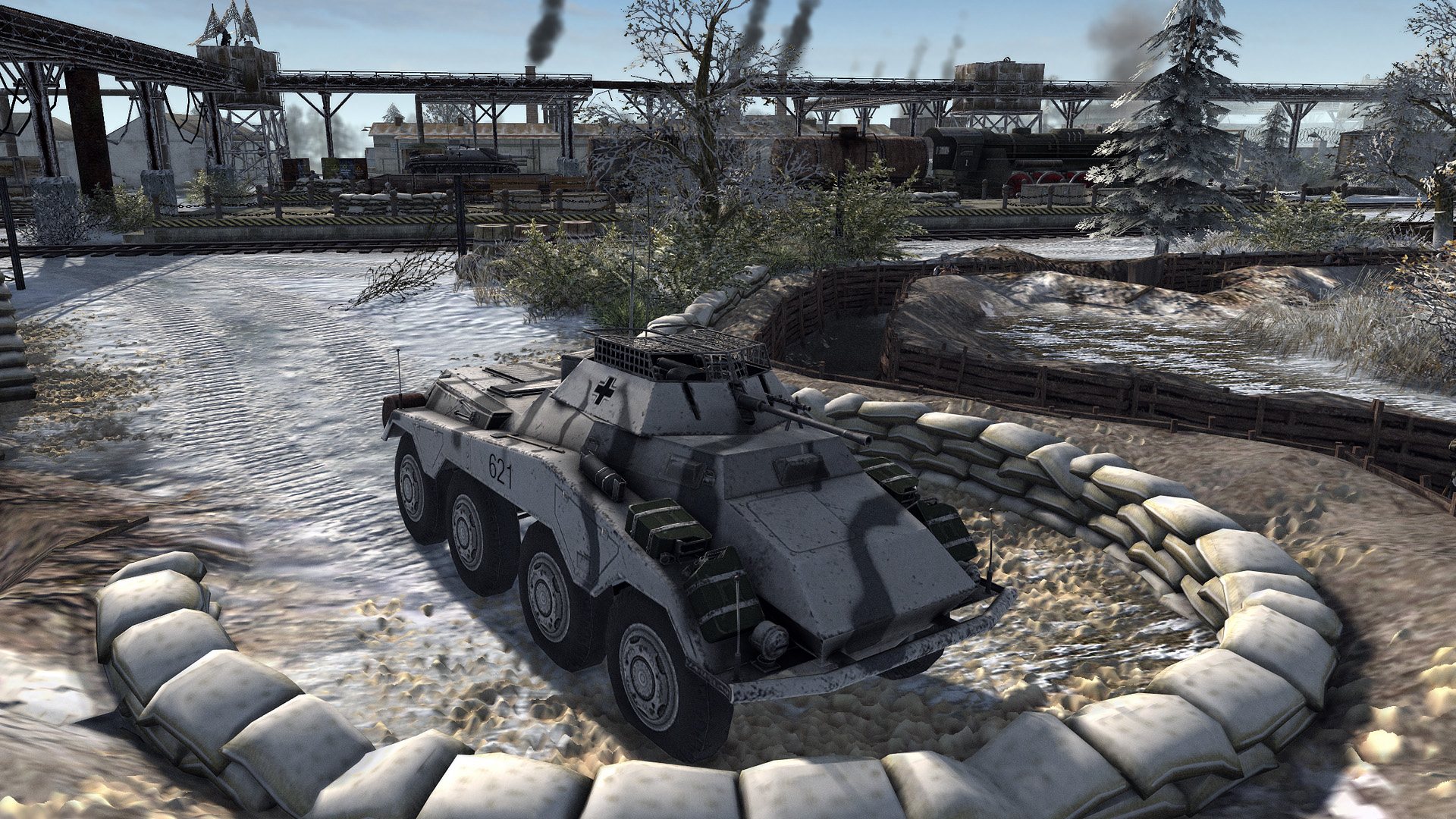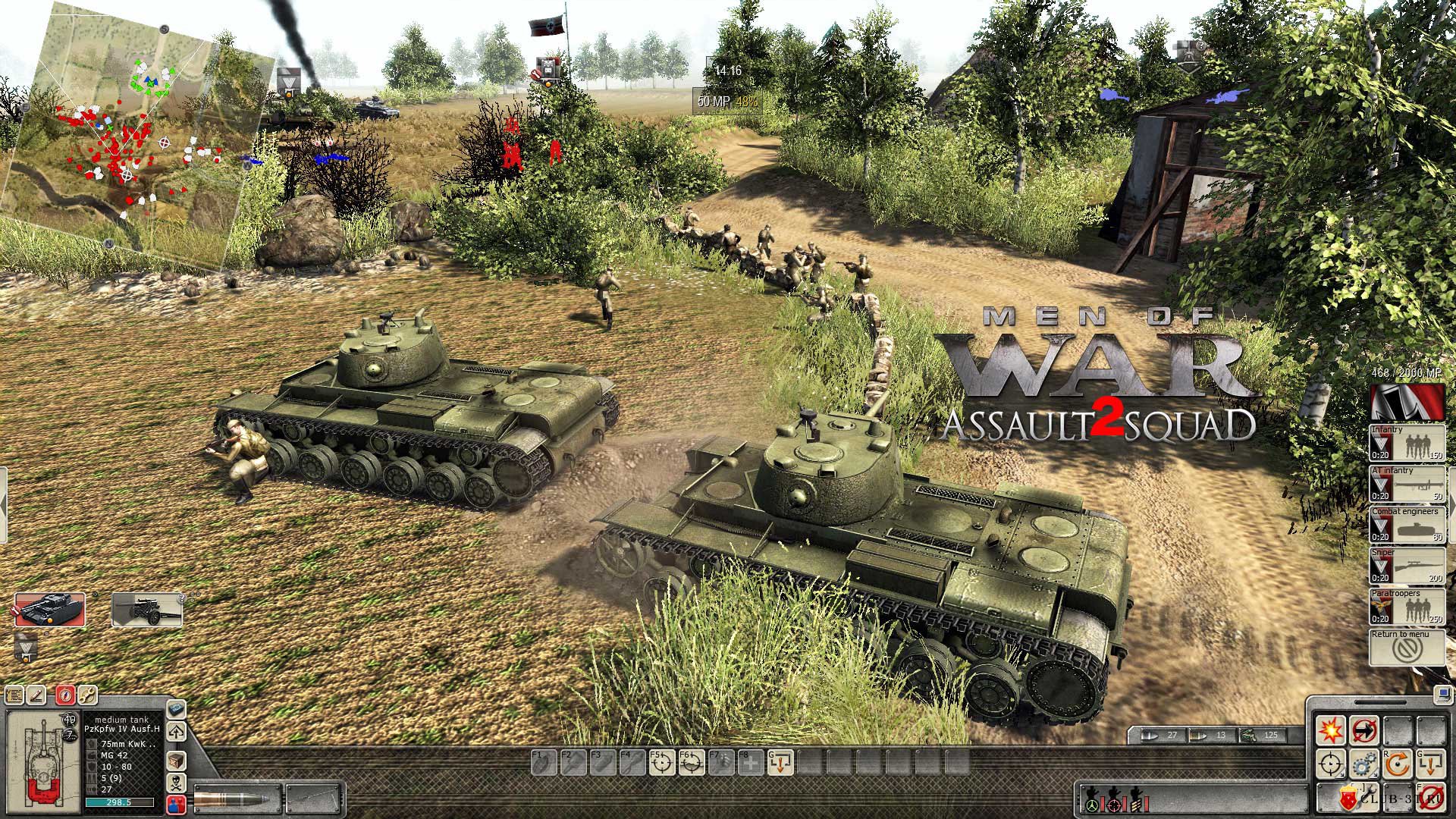

But I’m still not sure this will be reason enough to play through all 40 missions, many of which are recycled from the previous game. Men of War does leave you almost absolute freedom to decide how you want to take each sector, though, so it really can be a lot of fun. Almost every mission has you capturing enemy-controlled sectors and then defending them against counterattacks. Whether this will provide you with enough motivation to play through each nation’s missions is something you’ll have to find out for yourself, as the missions really don’t offer all that much variety. Missions have to be unlocked, of course, but no one mission is necessarily connected to the others, and they’re strewn across all theaters of the war. Men of War remains true to form, dispensing with overarching campaigns altogether, and instead the single-player game lets players play a variety of skirmish missions as several different factions (the US, the British Commonwealth, the USSR, Germany, Japan).

Since video games have been plumbing the depths of the Second World War for years now, it’s almost impossible to design a campaign that won’t leave players feeling like they’ve been there already.

Men of War: Assault Squad 2, the latest installment in Digitalmindsoft’s Men of War series, continues in this vein. On the other hand, the declining RTS genre survives in no small part due to games set during this time. A few years ago though, the waters began to recede, and while there are still a few first-person shooters set in that era, it’s not much more than a steady trickle. At some point in the 2000s, World War II-themed video games flooded the market, and it seemed like every other game that came out had players reliving the epic conflict that shaped the course of the world.


 0 kommentar(er)
0 kommentar(er)
